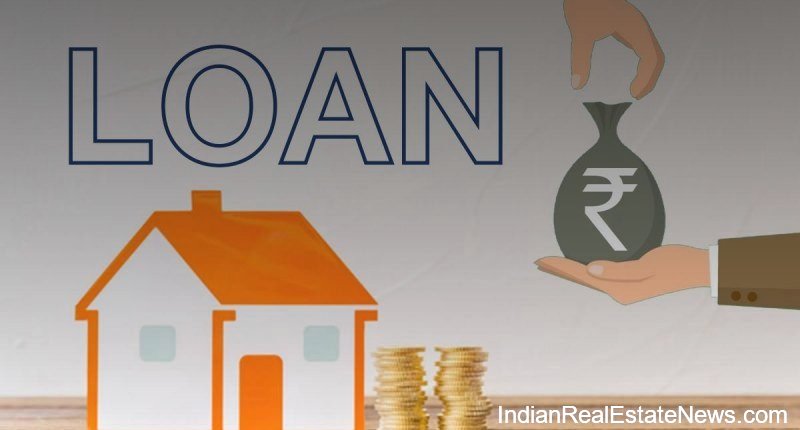In India, owning a home is a significant milestone, often achieved through a home loan. However, the journey can be fraught with challenges, including the possibility of loan rejection. If you find yourself in this situation, don’t despair. Understanding the reasons behind the rejection and taking corrective measures can set you on the right path.
Understanding the Common Reasons for Home Loan Rejection
Before addressing the rejection, it’s crucial to understand why it happened. Common reasons include:
- Poor Credit Score: A score below 650 is often deemed risky by lenders.
- Insufficient Income: Lenders assess your repayment capacity, and low income can be a red flag.
- High Debt-to-Income Ratio: Too many existing loans can affect eligibility.
- Incomplete Documentation: Missing or incorrect paperwork can lead to rejection.
Steps to Take After Home Loan Rejection
Once you understand the reasons, you can take steps to rectify the situation:
1. Review Your Credit Report
Scrutinize your credit report for inaccuracies. Correcting errors can improve your score. Regularly monitoring your credit can also help you stay informed about your financial health.
2. Improve Your Credit Score
Work on paying off existing debts, avoid taking new loans, and ensure you make timely payments. Over time, this can significantly improve your score.
3. Reassess Your Financial Situation
Consider your income and expenses. Creating a balanced budget can help you manage your finances better and prepare you for future loan applications.
4. Enhance Your Loan Application
Ensure all documents are complete and accurate. Providing additional documentation about your income sources can also aid your application.
“A comprehensive loan application not only ensures transparency but also boosts the confidence of the lender,” says Ramesh Kumar, a financial advisor.
5. Seek Professional Advice
If the process seems overwhelming, consulting a financial advisor can provide personalized strategies to improve your chances of approval.
Alternative Financing Options
If traditional lenders reject your application, consider alternative financing methods:
- Co-Applicant: Adding a co-applicant with a good credit score can bolster your application.
- NBFCs: Non-Banking Financial Companies may have more lenient criteria.
- Peer-to-Peer Lending: This newer method offers flexible terms.
| Factor | Action |
|---|---|
| Poor Credit Score | Improve credit score through timely payments |
| Insufficient Income | Consider adding a co-applicant |
| High Debt Ratio | Pay off existing debts |
FAQs on Home Loan Rejection
Q1: Can I reapply for a home loan immediately after rejection?
A: It’s advisable to address the reasons for rejection before reapplying to improve your chances.
Q2: How important is a credit score for home loan approval?
A: A credit score is crucial as it reflects your creditworthiness. A score above 700 is generally favorable.
Q3: What documents are typically required for a home loan application in India?
A: Common documents include identity proof, income proof, property documents, and bank statements.
Q4: Are there government schemes to assist with home loans?
A: Yes, schemes like the Pradhan Mantri Awas Yojana offer subsidies to eligible applicants.
Q5: Is it better to approach a bank or an NBFC for a home loan?
A: Banks often offer lower interest rates, but NBFCs provide more flexible eligibility criteria.
Conclusion
Facing a home loan rejection in India can be a temporary setback. By understanding the reasons behind the rejection and taking deliberate steps to improve your financial profile, you can enhance your prospects of securing a loan. Remember, patience and persistence are key in navigating the home loan process successfully.
